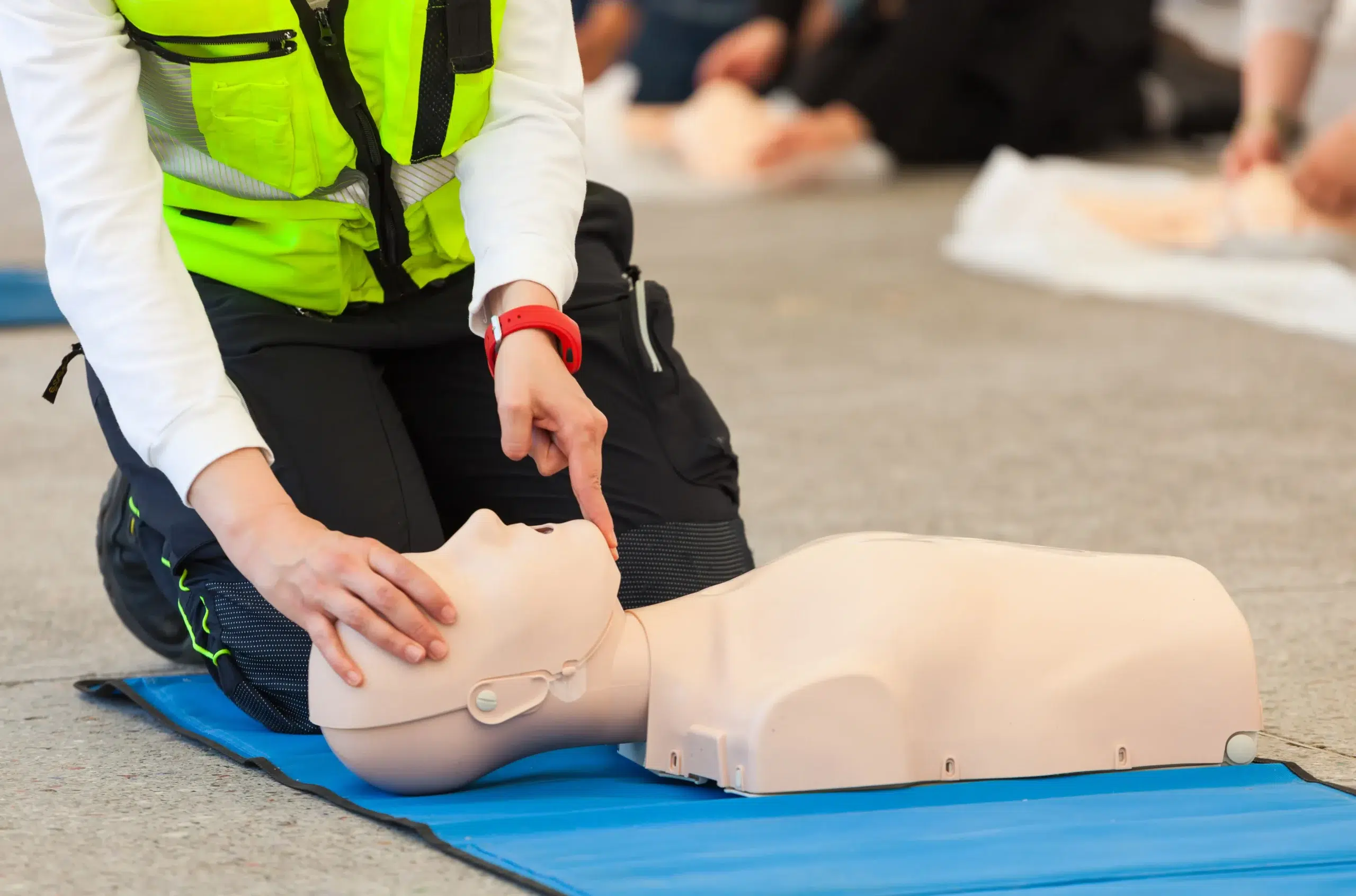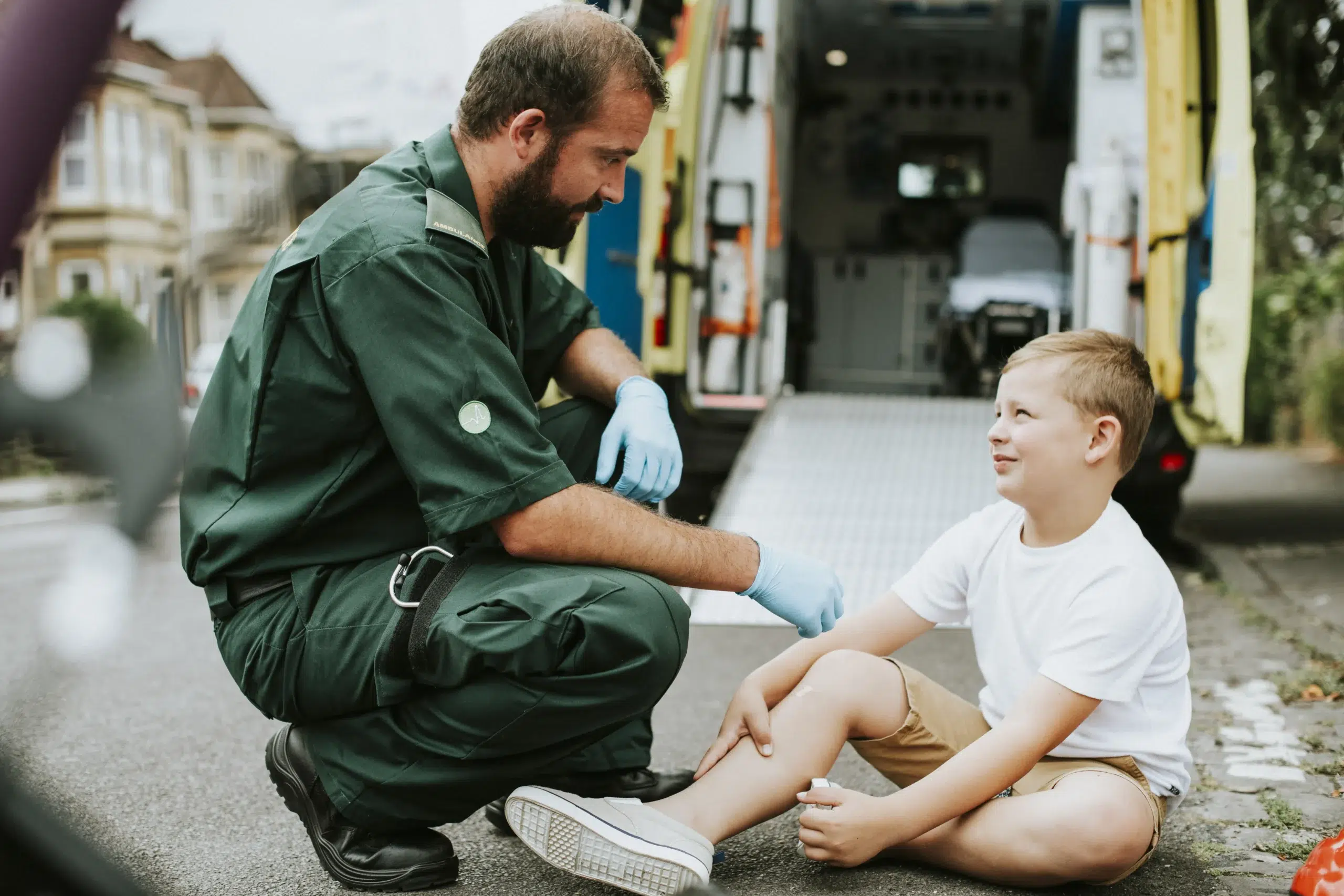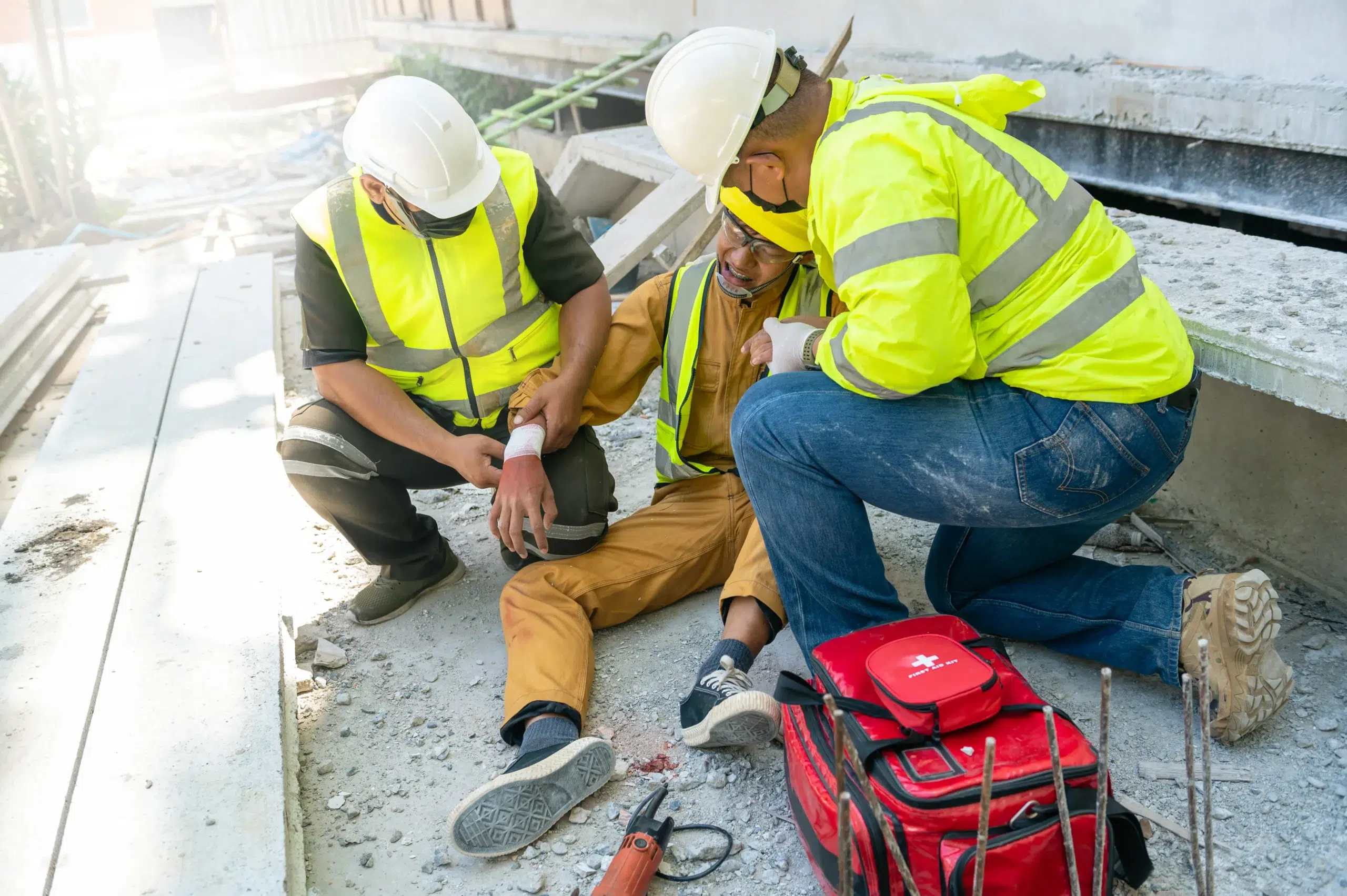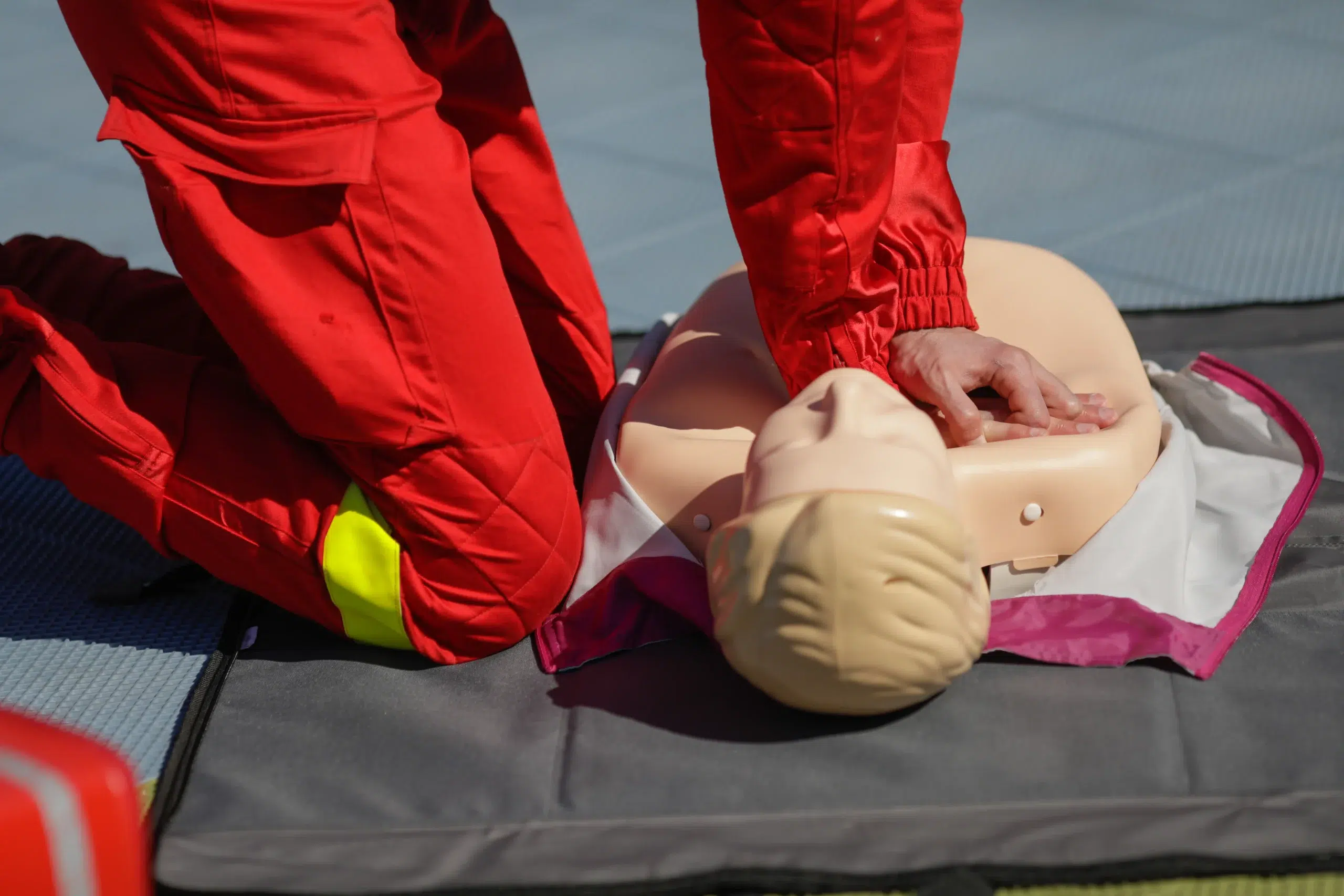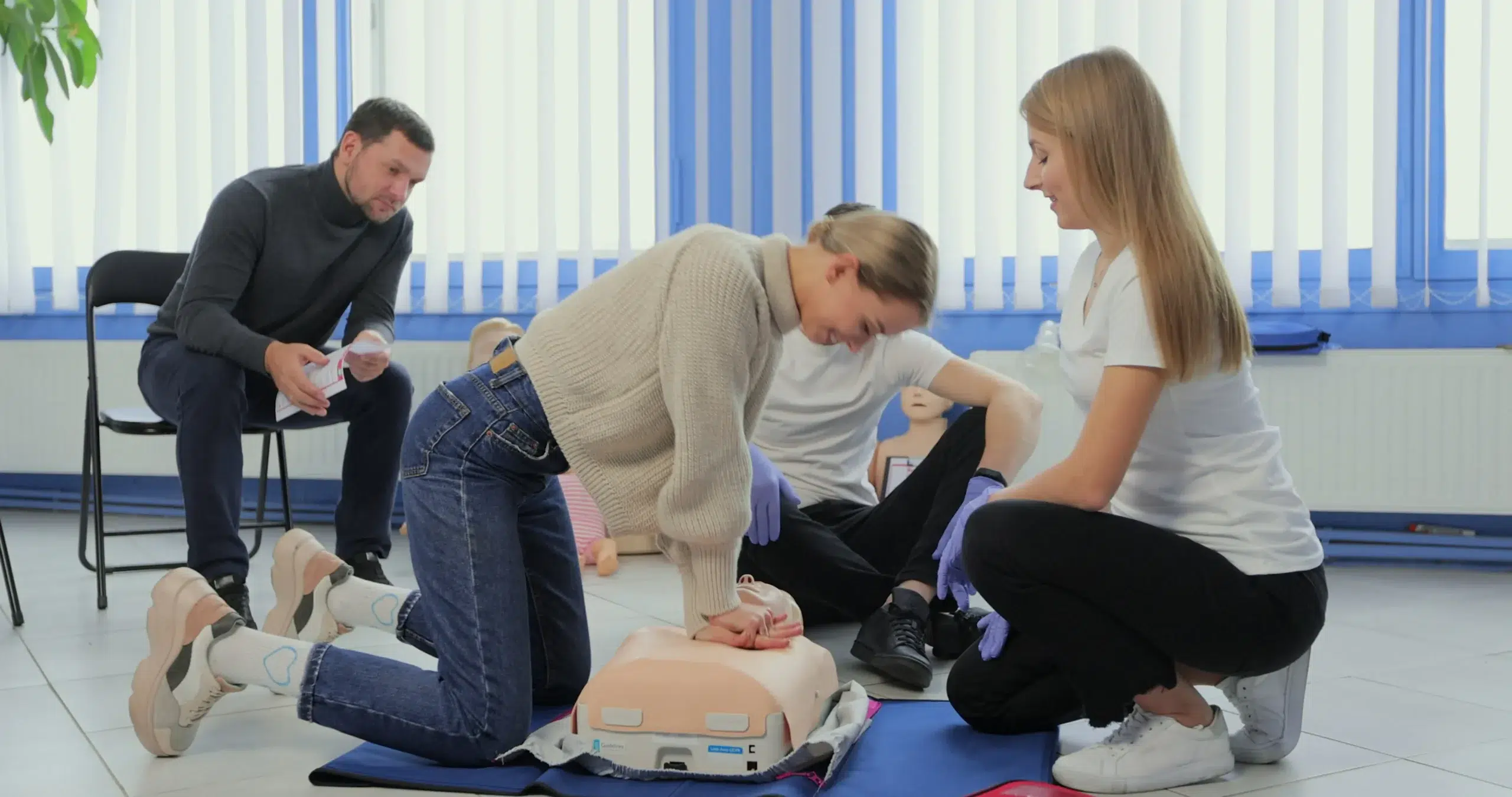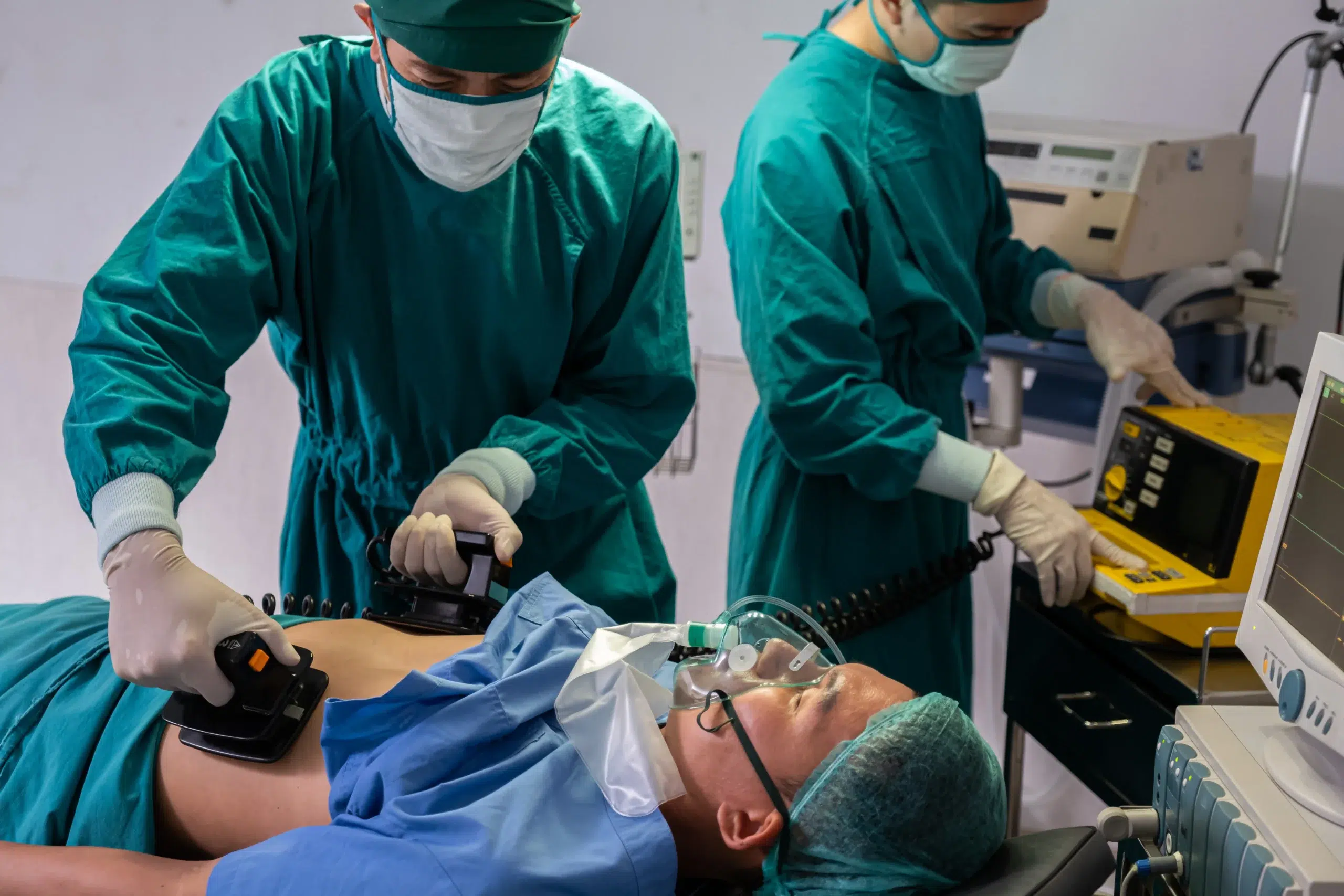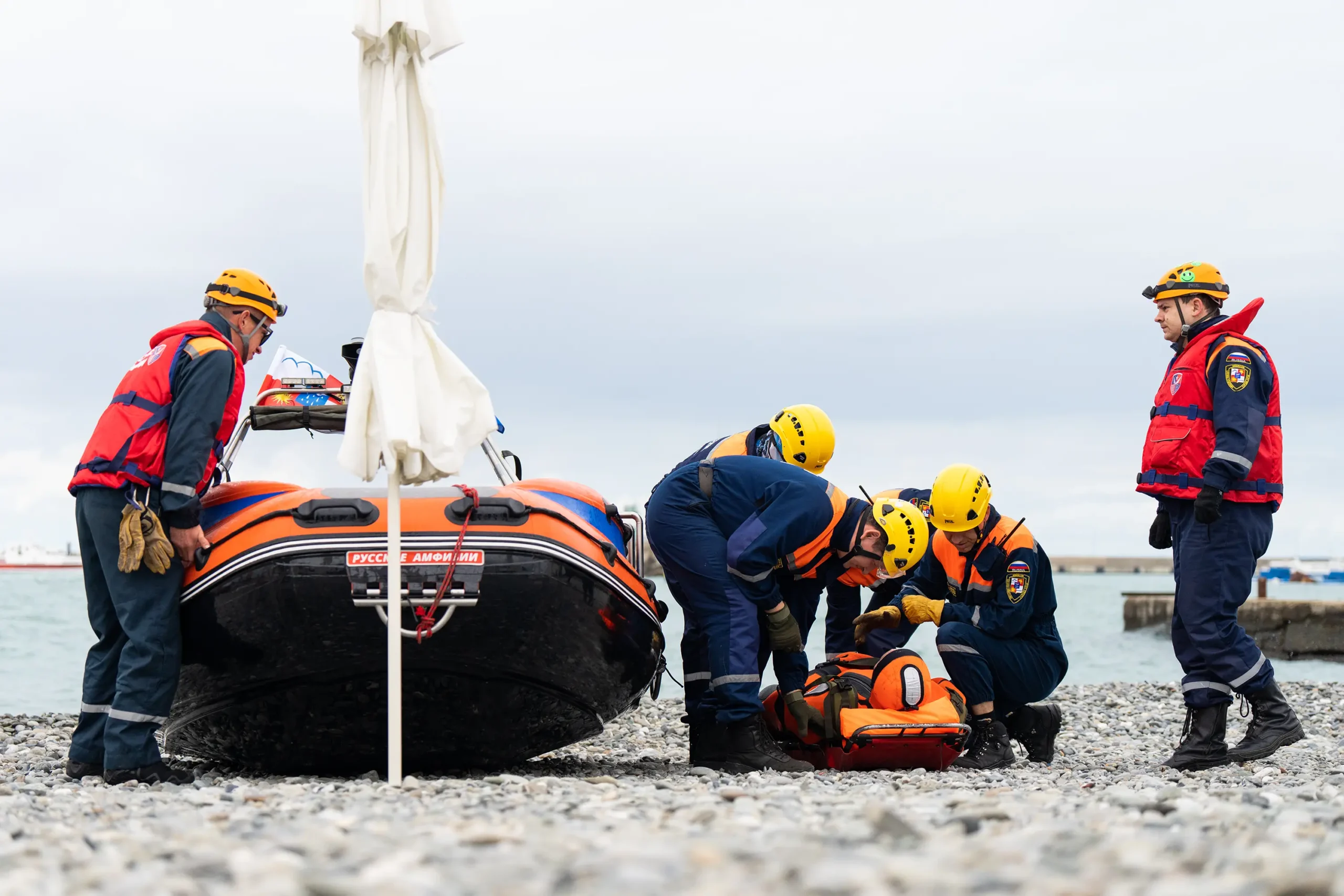As a healthcare provider, you know that every second counts in a medical emergency. Having the right skills and training can make all the difference in patient outcomes. That’s why BLS certification is so vital in the healthcare field. This comprehensive guide covers everything you need to know about BLS for healthcare providers in San Mateo, from understanding key skills and the difference between BLS and CPR to finding the right course and maintaining your certification. We’ll explore reputable training providers, course details, costs, and the career advantages of having BLS certification. Let’s equip you with the knowledge and confidence to provide exceptional patient care.
Key Takeaways
- BLS is more comprehensive than CPR: While CPR teaches basic life-saving skills, BLS builds upon this foundation with advanced techniques and a broader approach to patient care, specifically designed for healthcare professionals. It’s a crucial credential for many healthcare roles.
- Hands-on training is key for BLS: Look for courses that emphasize practical skills development, offering ample opportunities to practice chest compressions, airway management, and AED use. Consider your learning style and schedule when choosing between online, in-person, or blended learning formats.
- Maintaining your BLS certification demonstrates your commitment to patient care: Stay up-to-date with the latest guidelines and best practices by renewing your certification every two years. Regular practice and refresher courses will keep your skills sharp and ensure you’re always prepared for emergencies.
What is BLS for Healthcare Providers?
BLS, or Basic Life Support, is a crucial set of life-saving skills and protocols specifically designed for healthcare providers. It focuses on responding effectively to medical emergencies, especially cardiac arrest and respiratory failure. This training gives professionals the tools to act quickly and efficiently in critical situations, ultimately leading to better patient outcomes. Think of it as the foundation for more advanced life support techniques, emphasizing early recognition and intervention—the very first steps in the chain of survival. For healthcare providers in the San Mateo, Daly City, and Millbrae areas, this training is essential for providing high-quality patient care.
Key BLS Skills
BLS training covers several core skills. High-quality chest compressions are vital for ensuring adequate blood circulation. Airway management techniques help maintain open airways, allowing for effective breathing. The training also covers the proper use of an automated external defibrillator (AED), a device that can restore a normal heart rhythm. These skills work together to stabilize patients until more advanced medical help arrives. BLS courses often use realistic scenarios and simulations to reinforce these skills and prepare healthcare providers for real-world emergencies. At Millbrae CPR Classes, we emphasize hands-on practice to build confidence and proficiency.
BLS vs. CPR: What’s the Difference?
While related, BLS and CPR are distinct. CPR (Cardiopulmonary Resuscitation) can be learned by anyone, providing basic life-saving skills. BLS, however, is tailored for healthcare professionals like doctors, nurses, paramedics, and other licensed professionals. It builds upon CPR, incorporating a broader range of emergency procedures and a more comprehensive approach to patient care. BLS certification signifies a higher level of training, equipping healthcare providers to handle diverse emergency situations. It’s a crucial credential for many healthcare roles and demonstrates a commitment to providing excellent patient care. We also offer discounts for healthcare teams who want to train together.
Find BLS Certification in San Mateo
Finding the right BLS certification course in San Mateo can feel overwhelming with so many options. This section breaks down reputable providers and different learning formats to help you make the best choice.
American Heart Association (AHA) Courses
The American Heart Association (AHA) sets the standard for high-quality BLS training. Several locations in San Mateo offer AHA-certified courses, including Safety Training Seminars, which provides a range of options like CPR, BLS, ACLS, and PALS. These courses often emphasize hands-on skills and real-world scenarios, giving you the confidence to respond effectively in emergencies. Many providers offer flexible schedules with classes available day and evening.
American Red Cross Offerings
The American Red Cross is another trusted name in BLS training. They offer BLS certification and renewal courses in nearby Burlingame, specifically designed for healthcare providers. Their comprehensive instruction includes instructor training options for those looking to teach BLS skills.
BLS Courses at Millbrae CPR Classes
Millbrae CPR Classes offers AHA-certified BLS courses with a focus on practical, hands-on learning. They understand the demands of healthcare professionals and offer flexible scheduling. Check their website for course dates, times, and registration details. They also offer discount group classes and specialized training like the RQI program. For those working in childcare, Millbrae CPR Classes also provides EMSA Child Care Health & Safety training. Plus, they have a low price guarantee.
Safety Training Seminars
Safety Training Seminars is a reputable provider of BLS certification in nearby Millbrae. Their AHA-certified courses ensure you receive high-quality instruction based on the latest guidelines. They offer comprehensive training to prepare you for various emergency situations.
Online vs. In-Person BLS Training
Many BLS providers in San Mateo offer both online and in-person training. Online learning can be convenient for covering the theoretical aspects of BLS. However, in-person training is essential for mastering hands-on skills like chest compressions, rescue breaths, and using an AED. Some providers offer blended learning, combining online modules with in-person skills sessions. Millbrae CPR Classes offers insights into the various formats and associated costs. Consider your learning style and schedule when deciding which format suits you best.
Course Details & Costs
This section covers the specifics of BLS courses, including what to expect during training, the importance of hands-on learning, typical costs and discounts, and how to register.
Course Structure & Duration
BLS classes for healthcare providers cover essential life-saving techniques, including CPR, using an AED, and relieving choking. The curriculum follows American Heart Association (AHA) guidelines, ensuring you receive high-quality, nationally recognized training. These BLS classes prepare you to handle respiratory and cardiac emergencies for adults, children, and infants. Expect a combination of classroom instruction, demonstrations, and hands-on practice. While specifics vary by provider, most BLS courses can be completed in a single day.
Hands-on Practice & Assessment
Hands-on practice is crucial for developing the muscle memory and confidence needed to perform BLS effectively. Millbrae CPR Classes emphasizes this practical approach, providing ample opportunities to practice skills like chest compressions, rescue breaths, and AED use on manikins. Your skills will be assessed throughout the course, culminating in a final practical exam to ensure you’ve mastered the techniques. AHA-certified courses like those offered by Safety Training Seminars adhere to rigorous standards, giving you confidence in your training.
Costs & Discounts
The cost of BLS classes varies based on the training center, location, and included materials (like textbooks or pocket masks). Compare prices and inquire about available discounts. Daly City CPR Classes offers a low-price guarantee for BLS certification in San Mateo County. Many providers also offer group discounts, making it cost-effective for workplaces or groups to train together. Check with your chosen provider for specific pricing.
Registration & Prerequisites
Registering for a BLS course is typically straightforward, with most providers offering online registration. There are usually no prerequisites for BLS certification. When choosing a course, consider factors like AHA-certification, instructor experience, course format (in-person or blended learning), schedule flexibility, and cost. Safety Training Seminars offers comprehensive BLS certification courses in Millbrae.
Why BLS Certification Matters for Healthcare Careers
As a healthcare provider, your skills and knowledge directly impact patient outcomes. BLS certification isn’t just a checkbox; it’s a vital component of your professional toolkit. Here’s why:
Meet Legal & Professional Requirements
Many healthcare roles require BLS certification as a condition of employment to ensure all staff can respond to cardiac arrest and other emergencies. Maintaining a current BLS certification, valid for two years, shows your commitment to staying up-to-date with the latest life-saving techniques and protocols.
Improve Patient Care
BLS certification equips you with the skills to manage respiratory and cardiac emergencies. From performing CPR and using an AED to relieving choking, these skills are crucial for positive patient outcomes. BLS classes in San Mateo offer comprehensive training in these techniques, building your confidence in critical situations. This translates to improved patient care and a safer work environment. For additional information on BLS courses in Millbrae, visit our partner site, San Mateo CPR Classes.
Advance Your Career
In a competitive healthcare field, BLS certification can give you an edge. It signals to potential employers your dedication to professional development and preparedness for emergencies. Listing your BLS certification on your resume demonstrates initiative and a commitment to excellence. When choosing a BLS course, research options to find the best fit for your career goals. Consider factors like AHA-certification, instructor experience, and course format to ensure you receive high-quality training.
Maintain Your BLS Certification
As a healthcare provider, maintaining your BLS certification is crucial for career advancement and providing top-notch patient care. It confirms your skills are current and you’re prepared to handle emergencies effectively. Here’s how to stay on top of your BLS certification:
Choose the Right Course
Finding the right BLS course requires some research. Think about what matters most to you. Is it the instructor’s experience, the course format (online or in-person), a flexible schedule, or the overall cost? AHA-certification is essential, so make sure any course you consider meets this requirement. Weigh these factors to find the best fit for your needs. For a comprehensive guide to BLS certification in Millbrae, check out this helpful resource.
Certification & Renewal
BLS certifications are typically valid for two years. Mark your calendar so you know when it’s time to recertify. Don’t let your certification lapse. Staying current demonstrates your commitment to professional development and ensures you’re always ready to respond to emergencies. For a complete guide to BLS classes in San Mateo, take a look at this resource.
Keep Your Skills Sharp
Even with a valid certification, regular practice is key to maintaining proficiency in BLS. Consider refresher courses or practice scenarios to keep your skills sharp. This will boost your confidence and ensure you can perform effectively under pressure. Safety Training Seminars offers comprehensive BLS certification courses that equip individuals with the knowledge and confidence to respond effectively. Consistent practice is the best way to stay prepared and provide the highest quality patient care.
Related Articles
- BLS Classes in Daly City: Your Complete Guide – Millbrae CPR Classes
- BLS in Daly City: Your Guide to Courses & Certification – Millbrae CPR Classes
- BLS Classes in San Mateo: A Complete Guide
- BLS Courses in Millbrae: Your Complete Guide – Millbrae CPR Classes
- Basic Life Support (BLS) Guide for San Mateo – Millbrae CPR Classes
Frequently Asked Questions
How often do I need to renew my BLS certification? BLS certification is typically valid for two years. It’s essential to renew your certification before it expires to maintain your skills and comply with workplace requirements. Many providers offer renewal courses that cover the latest guidelines and techniques.
What’s the difference between BLS and CPR training? While both involve life-saving techniques, BLS (Basic Life Support) certification is specifically designed for healthcare professionals and builds upon the foundation of CPR. It incorporates a broader range of skills and a more in-depth understanding of emergency medical care. CPR training, on the other hand, provides essential life-saving skills for anyone, regardless of their profession.
Are online BLS courses accepted? While online courses can be convenient for learning the theoretical aspects of BLS, hands-on training is crucial for mastering the practical skills. Look for blended learning options that combine online modules with in-person skills sessions for the most comprehensive training experience. Many employers and certifying organizations require in-person skills assessment as part of the certification process.
What does BLS training typically cover? BLS training covers core life-saving skills, including high-quality chest compressions, airway management techniques, and the proper use of an AED. It also addresses essential protocols for responding to various medical emergencies, such as cardiac arrest and respiratory failure. The curriculum is designed to equip healthcare providers with the knowledge and skills to act quickly and effectively in critical situations.
How can I find BLS courses near me? Several reputable organizations offer BLS certification courses. The American Heart Association and the American Red Cross are widely recognized providers. You can also find local training centers that offer AHA-certified courses. When choosing a course, consider factors like instructor experience, course format (online, in-person, or blended), schedule flexibility, and cost. Make sure the course you choose aligns with your professional needs and learning preferences.
